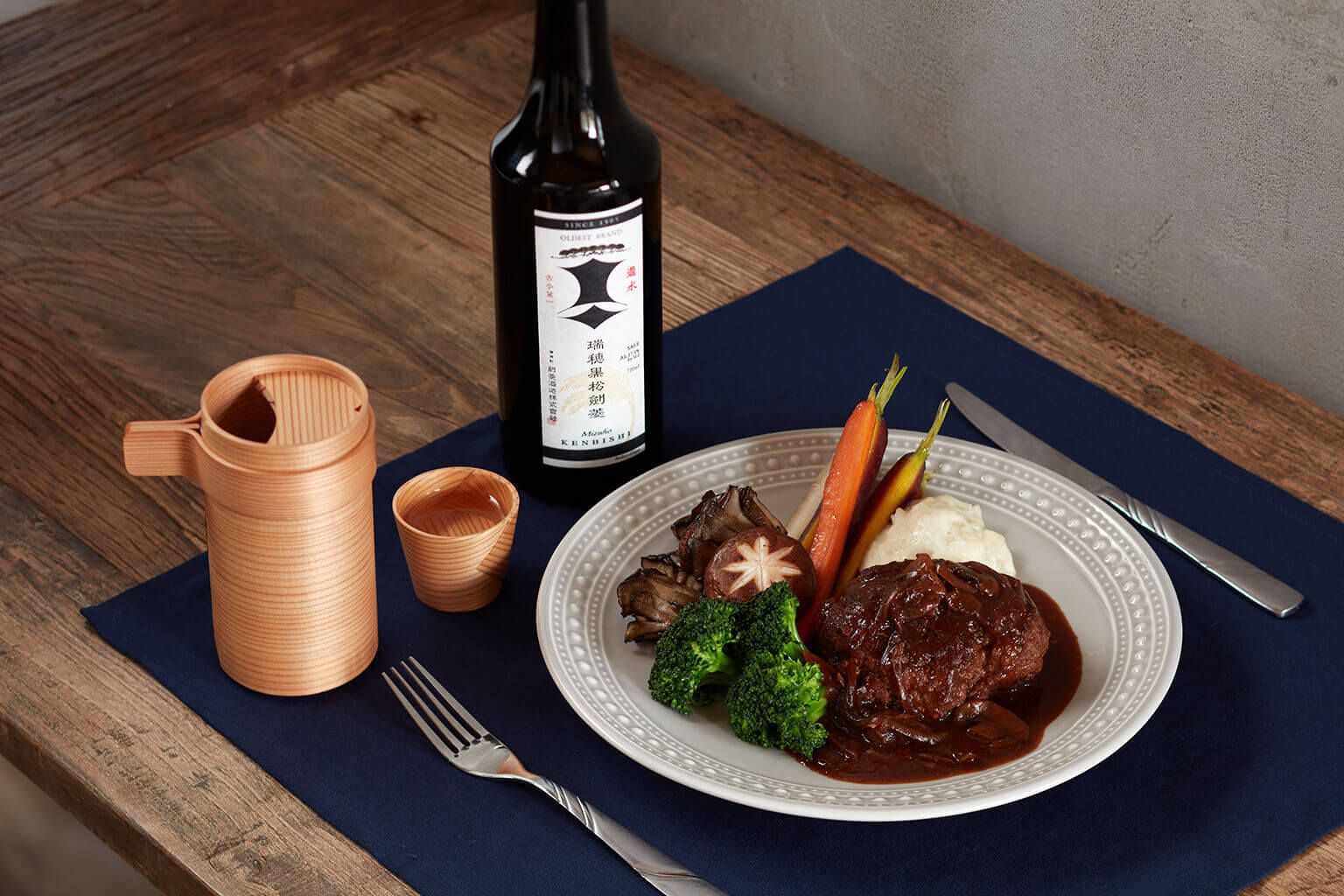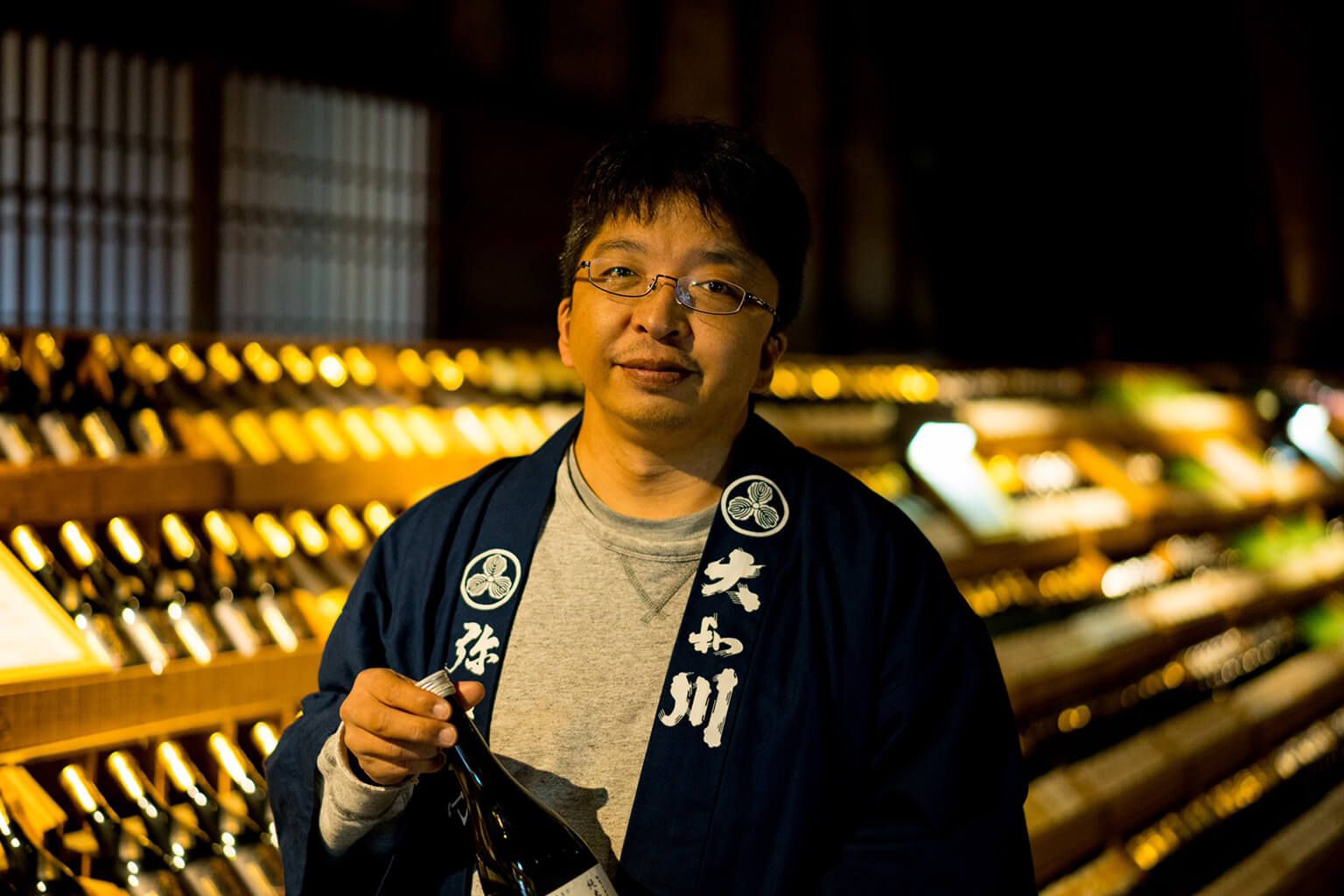A hot beverage on a cold night can be so satisfying. So it’s time to celebrate because warm sake season is here.
If you’re looking to take your hot sake game pro, you’re in the right place. Learn the best sake to drink warm or hot, which to avoid and some top recommended brands.
But let’s start by dispelling a common myth about warm sake.
Is sake better cold or hot?
Among sake novices, it’s a common misconception that good sake must be cold. Sure, this is often the case with aromatic, delicate ginjo sake. But it’s not black and white.
Historically, warm sake was the standard. And this was especially true during the colder months. It’s easy to understand why.
Today, there are many complex and delicious sake that are better warm. This post will explain how to find them.
But first, let’s look at what happens when sake is heated.
How heating sake affects flavor
Not only can sake be served at a wide range of temperatures, but it will taste different too.
For one, heating can make an earthy sake taste fruitier. Citrus notes are common in warm or hot sake. And other fruit flavors often show up, as well.
Heating sake also enhances its sweetness—at first sip, that is. Soon after, the acidity of the warm sake takes over and begins to taste dry and tart. This all leads to a dynamic tasting experience.
Finally, the aroma of sake is greatly affected by temperature. Too cold, and it’s hard to detect. Too hot, and the aroma burns away. In general, muted sake usually becomes a little more aromatic when it’s warm. And super aromatic sake tends to lose its aroma the hotter it becomes. I’ll touch on this last point in the next section.
Best sake to drink warm, and what to avoid
There are a few flavors and styles of sake that are often excellent when served warm or hot. And there are also a few to avoid.
Great warm sake often tastes earthy. Savory grades like junmai and honjozo are usually safe to warm up. And the kimoto and yamahai substyles can be especially good when served warm or hot. Heating savory sake can bring out lots of fruity notes, which is pretty interesting.
So if you don’t like a sake when it’s chilled, it’s worth trying it warm. And vice versa.
Another type of sake I like to heat up is the old stuff. If a bottle has been open for a while, and the aroma has faded, it’s a good time to try it warm or hot. Don’t expect a miracle, but it will often taste better.
What types of sake shouldn’t you heat up? The general rule of thumb is to avoid warming extremely fragrant, delicate, and fruity sake. Many junmai daiginjo and daiginjo fall into this category, and often ginjo and junmai ginjo do too.
As I touched on earlier, highly fragrant sake can have its aroma canceled out by heating. But there are exceptions to this, of course.
Lastly, I don’t recommend heating up cloudy sake. There are exceptions like the old-school Gozenshu “Bodaimoto” Nigori, but these are few and far between.
So now that you have some general ideas on finding the right sake to warm up, let’s explore some classic warm sake brands.
Best warm sake brands
There are many outstanding warm sake options. But not every sake tastes good when heated. Below are some top brands that you can heat up for delicious results.
Sawanotsuru “Deluxe”
Sawanotsuru is the ultimate budget brand. They make excellent sake at prices that are hard to beat. The brewery is located in the famous brewing center of Nada, Kobe, and uses the famous Miyamizu water.
“Deluxe” is a savory sake that’s slightly dry and has hints of fruit. It’s tasty when served chilled but outstanding when gently warmed. Plum, orange, sea salt, peanut and caramel apple are just a few tasting notes.
Sawanotsuru “Deluxe” is delicious with lemon butter scallops, monkfish or a cheese plate.
Eiko Fuji “10,000 Ways”
“10,000 Ways” is made by Eiko Fuji, a brewery from northern Japan in Yamagata. They’ve been around since 1778 and make a range of flavorful, smooth and mostly light sake. “10,000 Ways” is the fruitiest sake on this list. When chilled, it’s dry and creamy. But heating it brings out more sweetness and tart acidity. This sake shines when served warm, with fruity flavors like orange zest, green apple, peach, mango and bubblegum.
The name “10,000 Ways” refers to this sake’s versatile nature. Serve it at any temperature, and pair it with a wide range of food.
Azumaichi “Junmai”
Azumaichi is a brand from Gochoda Brewing Company. Founded in 1922, they’re easily the youngest brewery on the list. But in a relatively short amount of time, they’ve built a fanatical following.
Azumaichi “Junmai” is a subdued sake when served chilled or at room temperature. It’s still delicious, but warm it up and it really comes alive. Warm Azumaichi is velvety, rich, nutty and fruity. Tasting notes include cashew, sea salt caramel, milk chocolate, orange zest, banana and pear.
I paired this sake with Thai chicken satay with peanut sauce, and it was amazing! In general, Azumaichi will be delicious with chicken, pork or beef-based Japanese dishes.
Daishichi “Kimoto” Classic
The Daishichi Brewing Company of Fukushima is another brewery that sake enthusiasts love. They are masters of the traditional kimoto yeast-starter method. If you’re interested in old-school styles of sake, Daishichi is a brand to know.
As expected, Daishichi “Kimoto” Classic is a creamy, funky, and sour sake. It’s tasty when chilled, but when it’s heated up slightly, it is supremely balanced. Aromas and flavors of cocoa, lemon, pear, honey, yogurt and salty cheese are an interesting mix.
Daishichi “Kimoto” Classic is the ultimate charcuterie and cheese board pairing. I don’t think there’s any wine that can compete.
Kenbishi “Kuromatsu”
This is one of my go-to warm and hot sake brands. Kenbishi is a sake brewery that’s over 500 years old. And they’re known for making powerful and savory Nada sake.
Kenbishi “Kuromatsu” is very earthy and quite complex. Warming brings out a hint of chocolaty sweetness, plus notes of caramel, cashew butter, dried plum, blueberry and bubblegum. Generally, I recommend that you serve sake warm, not hot. But Kuromatsu shines with some extra heat.
Kenbishi “Kuromatsu” is an excellent sake to serve with grilled mackerel, pork or steak. It also has the acidity to match fried food like karaage and tempura, as well.
Warm sake is awesome
Don’t let anyone tell you that warm or hot sake is only for bottom-shelf brands. Many sake are better warm than chilled.
This post lays out how to find the right warm sake, sake to avoid heating and some tried-and-true warm sake brands. But I suggest trying as many sake as you can at different temperatures. I’ve tasted so many sake over the years, and I’m still amazed how they change at different temperatures—often in surprising ways.
Check out Tippsy Sake Guide for more on what sake is and how to serve it.















